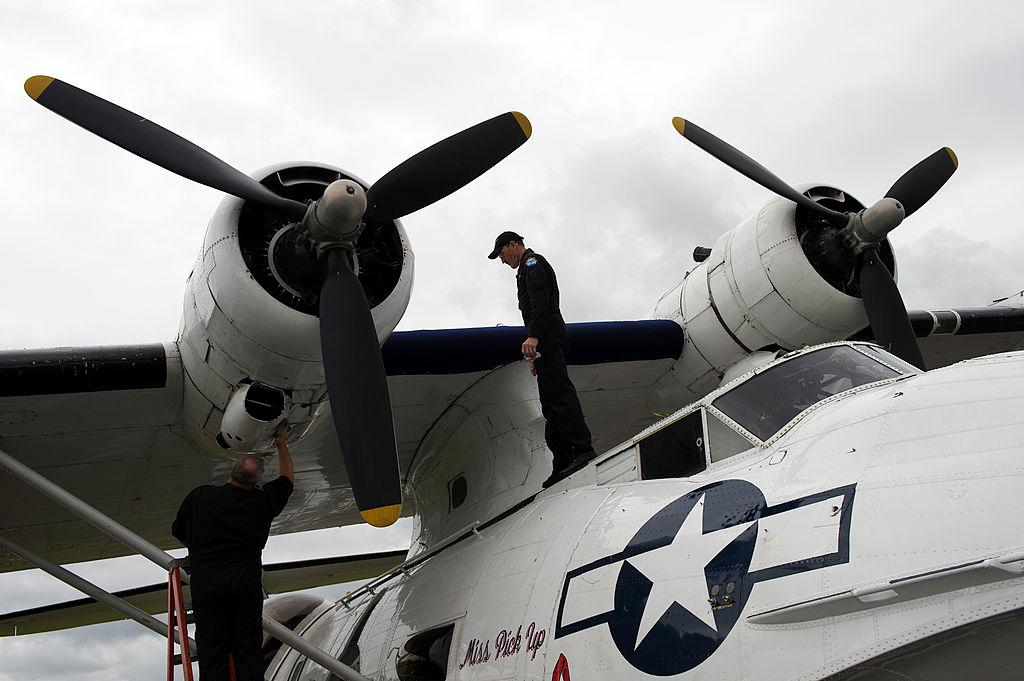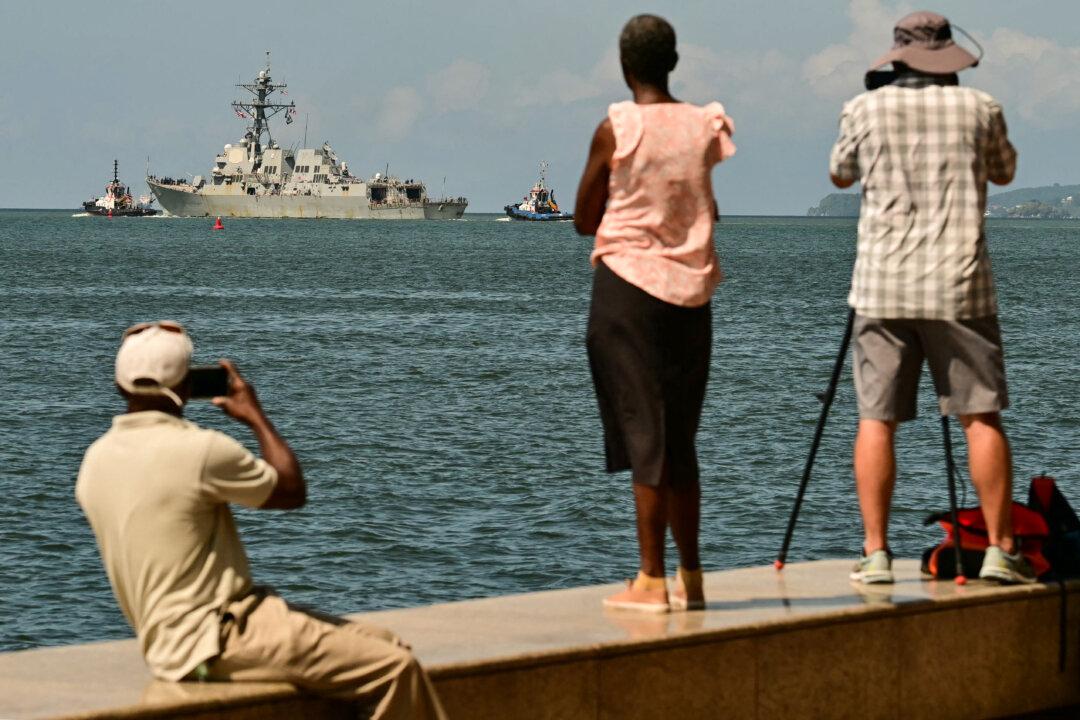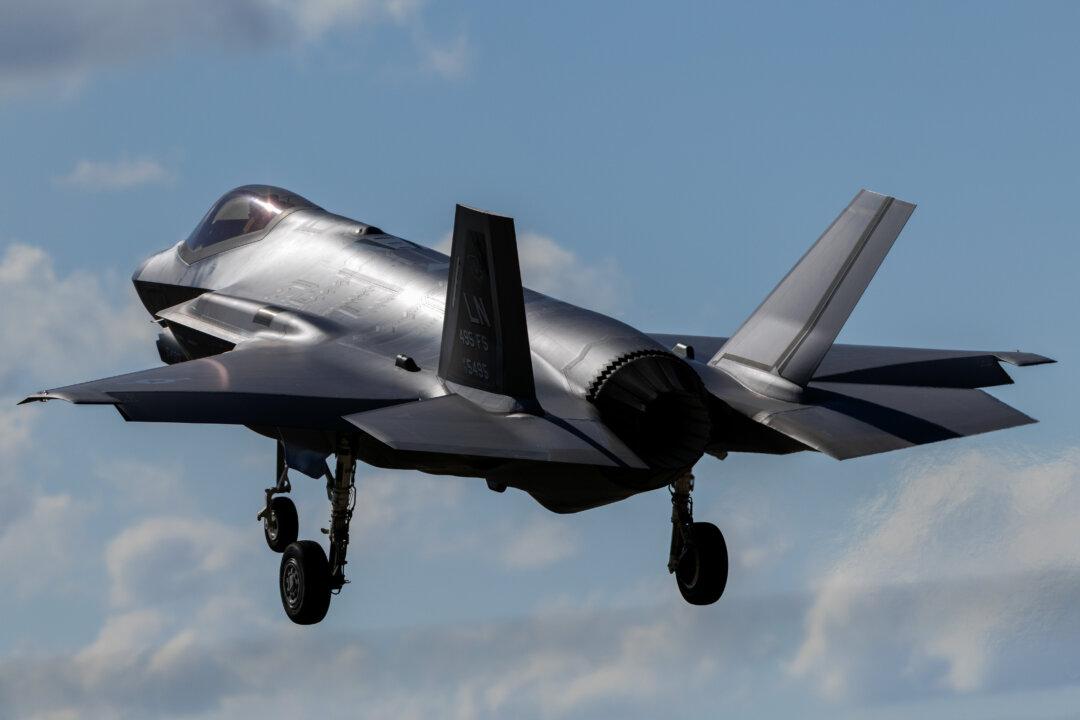Commentary
It did what a helicopter or Osprey can’t. Its endurance was unmatched. Under fire, and in rough seas, it rescued thousands of sailors from situations no other ship, boat, or aircraft could. But at the end of World War II, land-based airports became much more common, and as was the case with almost all seaplanes, it fell out of use. Consequently, it was discarded in 1956 by the U.S. military services. And in doing so, they discarded capabilities they have yet to replace.





